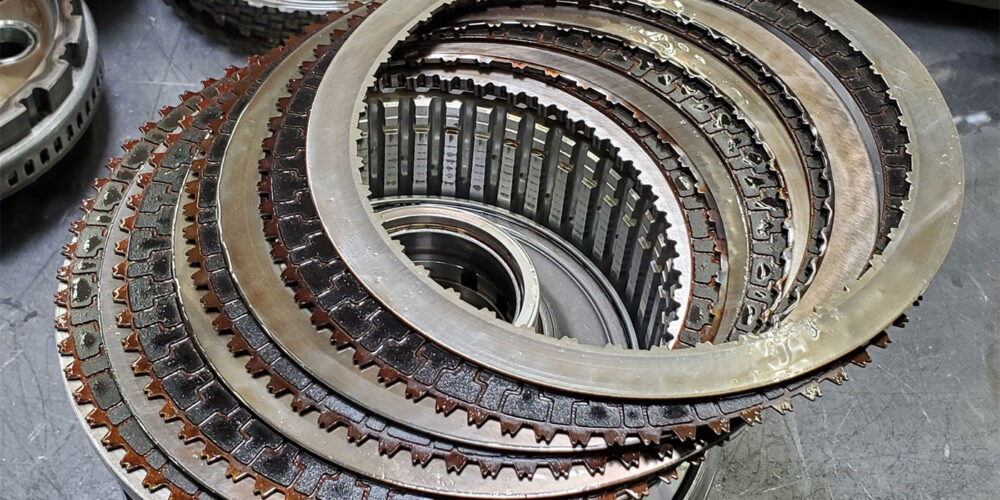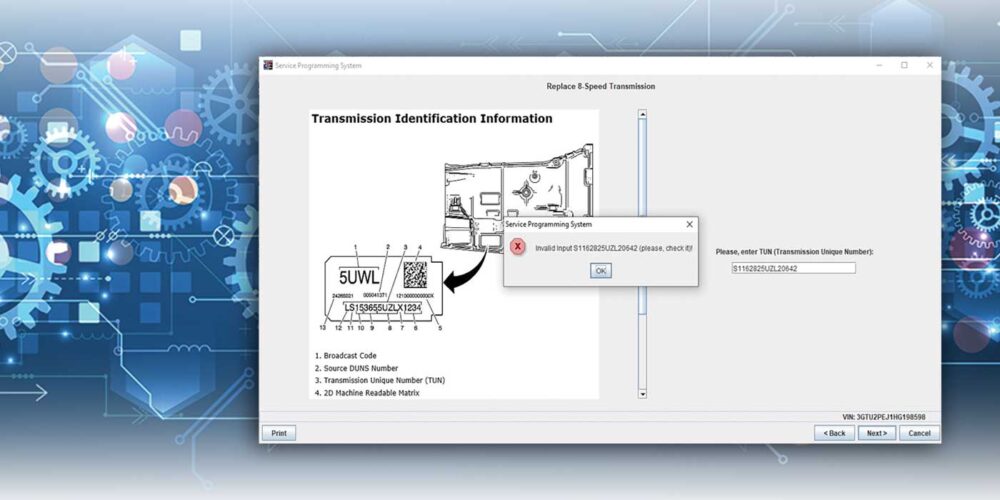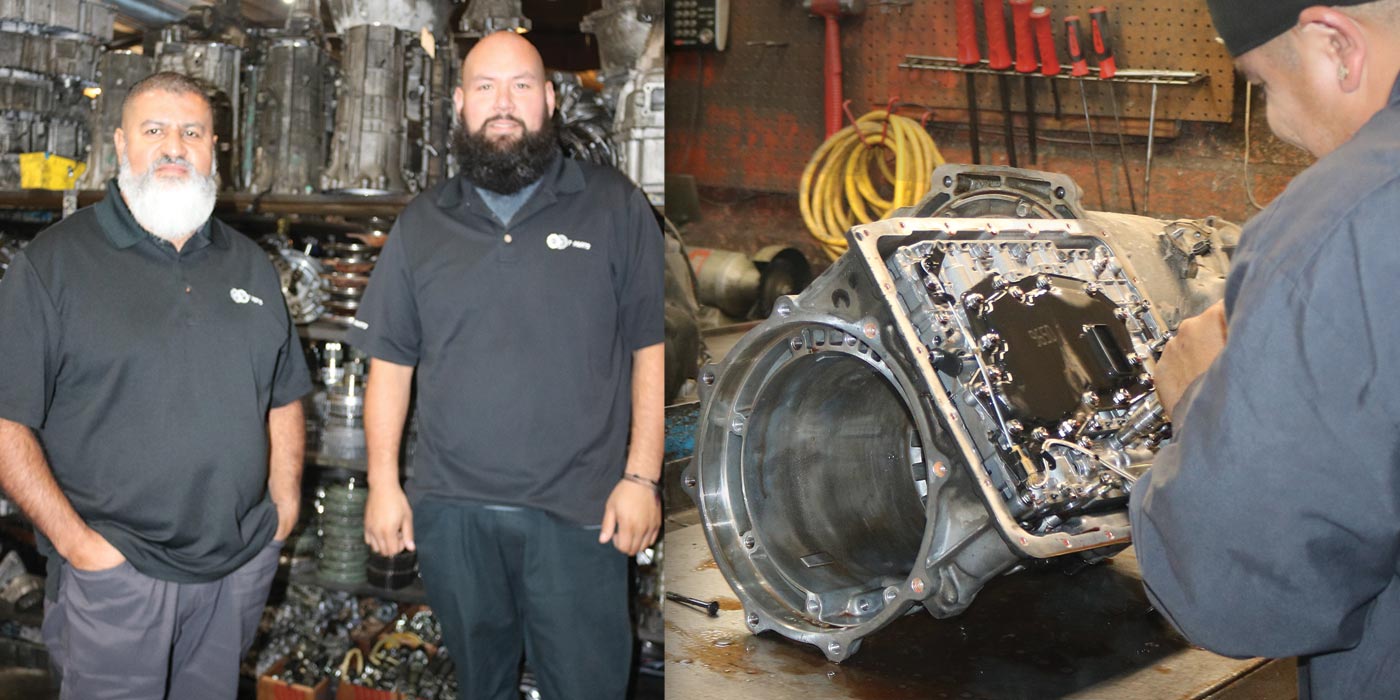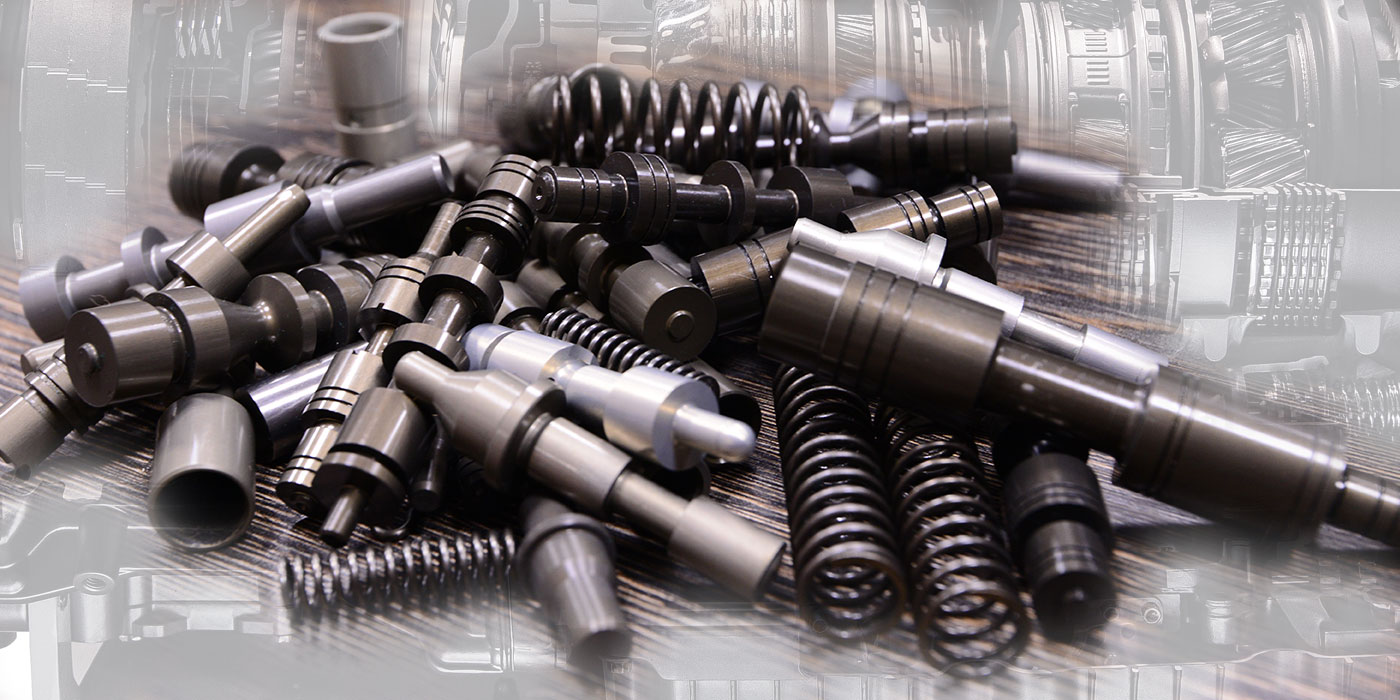A 2018 Cadillac Escalade ESV AWD 6.2L using a 10L80 transmission came in to Stroli Motors barely moving forward, making a banging noise in the center of the gearbox. Reverse was good. Keith from Stroli pulled two codes from the PCM: P0300 for Random Multiple Cylinder Misfire Detected; and P175E for Shift Limiting Active. P175E will set for numerous reasons that will prohibit the transmission from having complete shift cycles. Malfunctioning inputs to cause this code to set are:
- The Accelerator Pedal Position Sensor
- Output Shaft Speed Sensor
- Input Shaft Speed Sensor
- Intermediate Shaft Speed Sensor
- Crankshaft Position Sensor
- Transmission Range Sensor
- Manifold Absolute Pressure Sensor
- Mass Air Flow Sensor
- Exhaust Gas Recirculation Valve
- Fuel Injector
- Transmission Control Solenoid Valve
- Engine Misfire
- Fuel Trim
In this case, the P0300 code seems to be the reason P175E set. With the transmission fluid being badly burnt, technicians decided to purchase a unit from LKQ. When it was installed, the codes were cleared and driven. The transmission shifted fine. The engine, however, was running badly, adversely affecting the active fuel management function of the vehicle.
The customer refused to have any additional repairs made to correct the engine malfunction. He picked up the vehicle only to come back three weeks later with the exact same issues as the first time. It took 800 miles for the same codes to set along with the violent banging noise in the center of the gearbox. Keith described it as being like a washing machine with a bad bearing. The transmission was barely moving forward like the first time, as if it were a bad converter.
This transmission can have a commanded second gear failsafe to eighth gear with a good reverse depending on whether the problem is hydraulic or electrical. But the way this felt, it was difficult to determine if failsafe was initiated. The original unit was still in the shop. Keith decided to tear into it to see what type of damage had taken place causing the banging. What he discovered was that the F clutch GM refers to as the 4-5-6-8-9-10-Reverse clutch was damaged (see Figure 1, above).
It was damaged in such a way that two steel plates were distorted and locked on to the hub (see Figure 2).
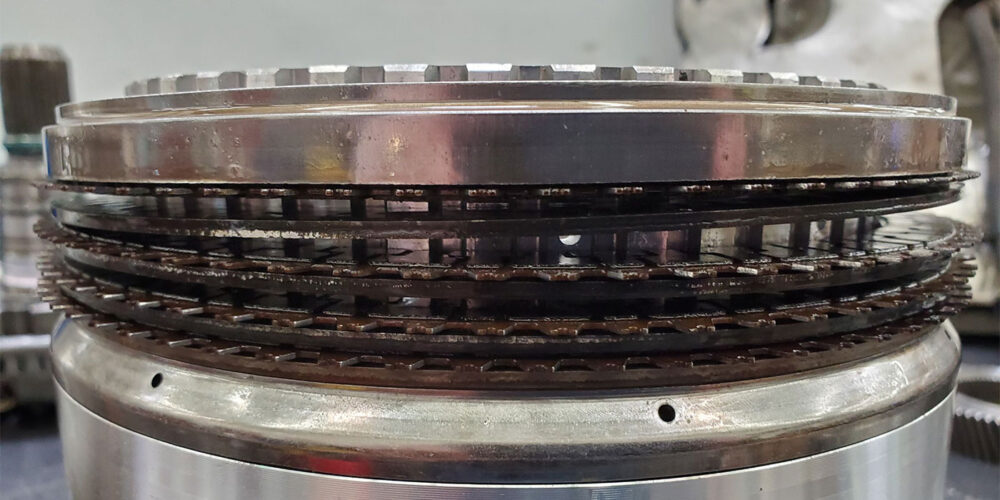
Notable damage was also seen by the friction plates digging into the aluminum drive shell as seen in Figure 3.
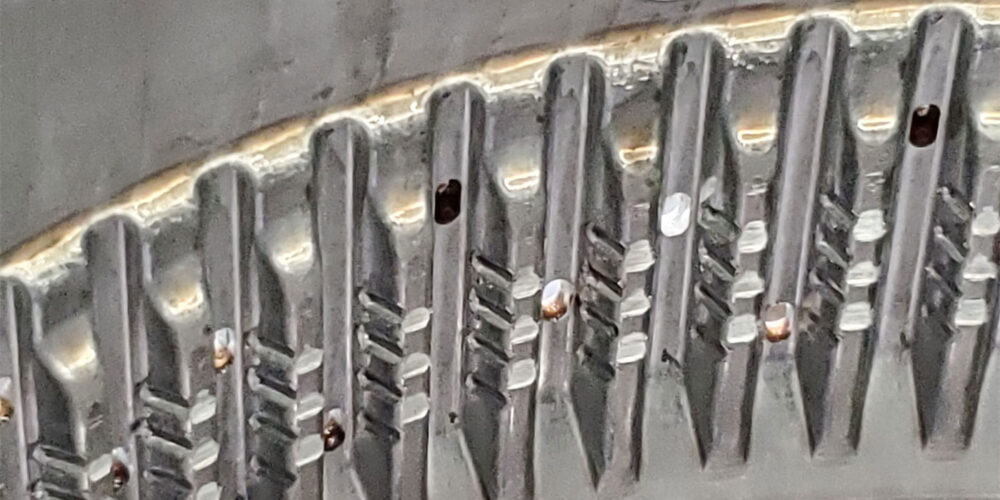
This was the area where the banging noise was coming from. With either a first, second or third gear command along with a partially applied F clutch due to its failure, it became apparent that the gear train was bouncing around being in a partial bind.
Now here is where this becomes interesting. When the vehicle came back with the same systems, technicians opened up the LKQ replacement, which had been functioning correctly when it left the shop. It turned out, it had the exact same failure. The only explanation for causing the same damage in such a short period of time seemed to point to the vehicle’s engine problems; particularly when the car bucked during active fuel management.
Once the customer understood the importance of getting the engine fixed, another transmission was installed, and the vehicle has been fine since then.
Read more stories from our Technically Speaking column series here.

